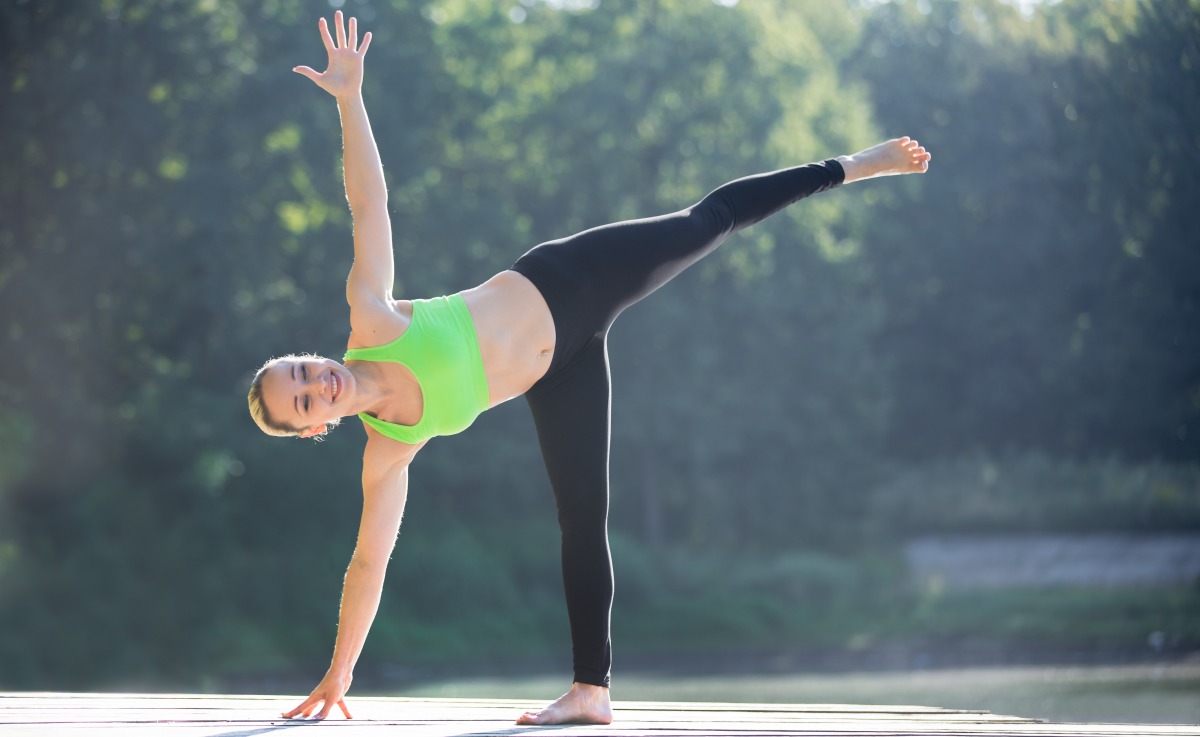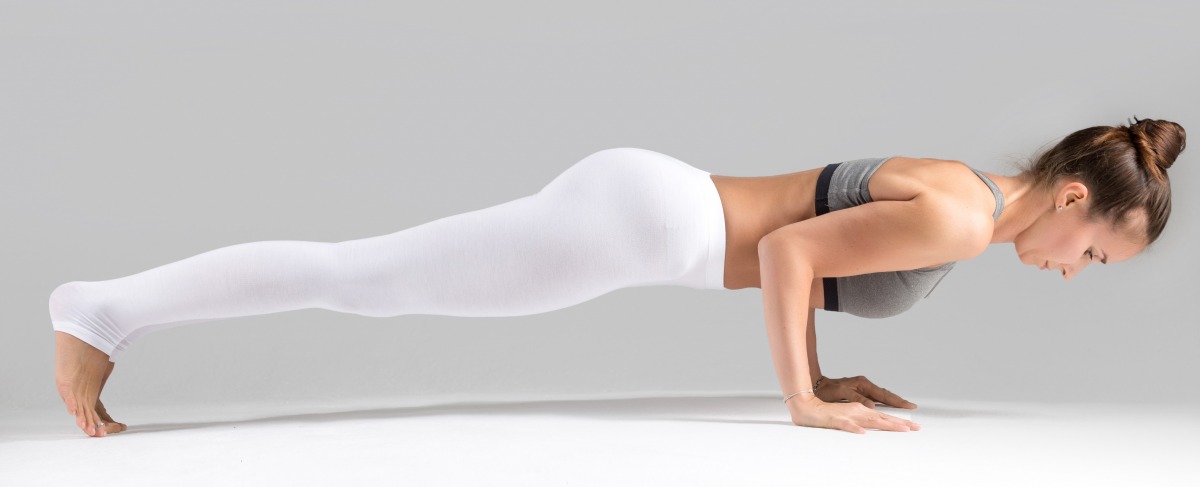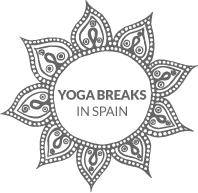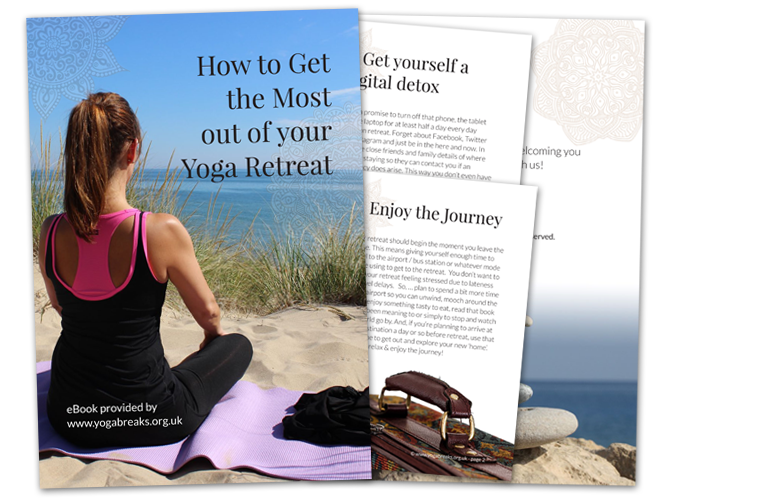If you include balance postures in your yoga practice which I’m sure you do – such as half moon, tree, crow etc – you may know that engaging your core helps improve your stability and thus allows you to hold the pose a little longer so you can ‘explore’ the pose a little further such as, in half moon, lengthening of your spine & the opening of your chest.

half moon photo courtesy of Yanalya @ freepik
So where exactly is the core?
The core is composed of the muscles in the abdomen, lower back, buttocks & pelvic floor. By engaging these muscles you’ll develop a strong, corset like support. So, engaging the core in your yoga practice not only will you improve your stability in standing balances but you’ll also help strengthen potentially weaker areas of the body.
For instance, for many years whenever I did chataranga dandasana (four limbed staff pose), I didn’t fully engage my core and therefore more weight (strain!) was placed on my upper body which eventually led to an injury in the muscles of my upper back (the trapezius). That injury took 9 months to heal and so now, by engaging my core in chataranga, I am able to distribute my body weight more evenly through my body and prevent straining my upper back & shoulders.

chataranga photo courtesy of Yanalya @ freepik
Why does Yoga & Pilates have different breathing styles?
In yoga we generally tend to breathe in & out through the nose whereas in Pilates, you’ll breathe in through the nose and out through the mouth. Why? Purely because, breathing out through the mouth – particularly if it’s a long exhalation – you can’t but help engage the lower abdominal muscles & lift the pelvic floor.
In yoga you can engage the lower abs & pelvic floor by applying Mula Bandha – the root lock. However, yoga students often get confused as to when to engage mula bandha & how long to hold it for.
The guidance for using mula bandha in yoga is to apply it during a seated pranayama practice & meditation and only use it in moderation during standing postures to help strengthen the dormant muscles in the pelvic floor and bring more ‘life’ – pranic energy – up into the torso.
nb. some situations the use of mula bandha should be avoided such as during pregnancy, those with high blood pressure, heart conditions, risk of stroke or thrombosis, glaucoma, an internal ulcer or any condition that may be aggravated by increased internal pressure. If these health conditions apply to you maybe you’d like to consider the Pilates ‘breath out the mouth’ option instead?
How else can Pilates help your Yoga Practice?
In super flexible people it can be so easy to over stretch the muscles & connective tissues – ligaments, tendons & fascia. Stretching if done occasionally is not too worrying, but repeated over stretching can lead to problems.
Our muscles are elastic by nature and are ‘designed’ to stretch & contract whereas our connective tissues are less elastic and, if repeatedly over stretched can cause micro tears in the tissue fibre causing a weakness in the tissue & possibly, a feeling of burning pain. Slightly more worrying, the ligaments ‘job’ in the body is to keep joints fitting snugly together & so, repeated over stretching of the ligaments can cause the joint/s to move apart creating instability in the joint thus increasing the risk of injury.
When practicing yoga it is easy to remember to avoid continually over stretching, however, the ‘mind to muscle’ connection that Pilates emphasises acts as a reminder to yogi’s to engage the relevant muscle/s to support the skeletal frame rather than taking the body too far & over stretching. Less is definitely more!
So whilst yoga is loved for the beautiful way in which it creates long lean muscles and encompasses practices to cultivate inner peace & balance to mind, body & spirit, incorporating some key principles from Pilates would help a yoga practice. If you’d like to immerse yourself in both yoga & pilates we regularly hold Yoga & Pilates Holidays in Spain where you’ll practice both body loving disciplines each day, have time to relax by the pool, explore the lovely town nearby and be nourished with super delicious healthy food. You’ll leave us feeling rested, realigned and toned in just a few days!

